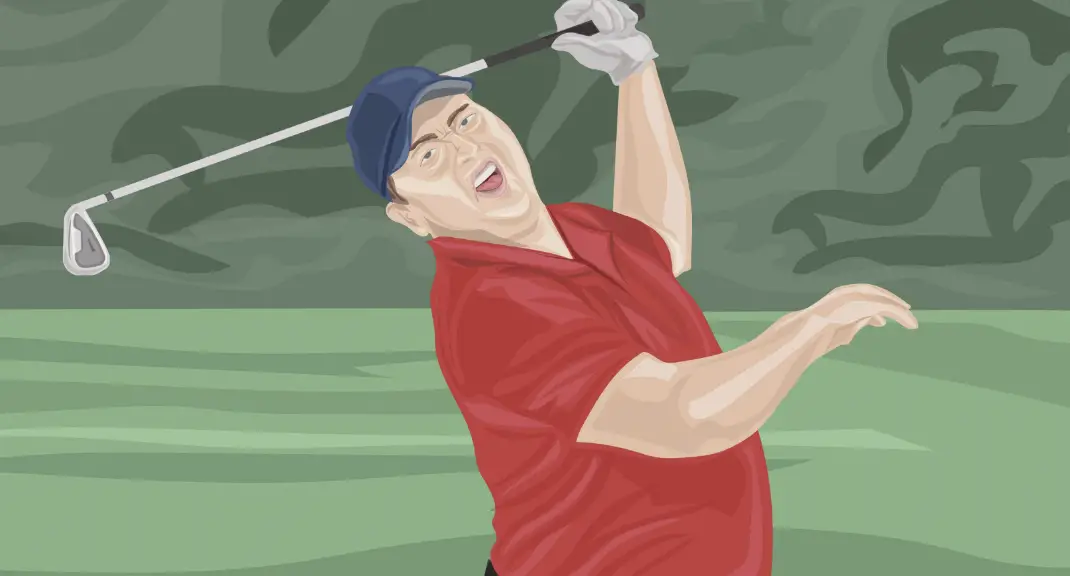The dreaded shank – a golfer’s worst nightmare and a frustrating obstacle to mastering the game. Shanking the golf ball can happen to even the most experienced players, but fear not! In this blog post, we’ll delve into the causes of shanking and provide effective tips to help you banish this frustrating shot from your game and regain your confidence on the course.
Understanding the Shank:
A shank occurs when the golf ball makes contact with the hosel (the part of the clubhead closest to the shaft) instead of the clubface. This results in a shot that veers off to the side, often sending the ball on an unintended and embarrassing trajectory.
Common Causes of Shanking:
- Poor Setup and Alignment: Incorrect alignment can lead to an improper swing path, causing the clubhead to make contact with the hosel.
- Gripping Too Tightly: A tight grip can restrict the natural release of the clubhead, leading to a shank.
- Standing Too Close to the Ball: Being too close to the ball at address can result in a swing that sends the clubhead into the hosel.
- Weight Distribution: Incorrect weight distribution during the swing can cause the clubhead to strike the hosel.
- Swaying or Sliding: Excessive lateral movement during the swing can lead to inconsistent contact and shanking.
Tips to Eliminate the Shank:
- Check Your Setup: Ensure proper alignment, stance width, and distance from the ball. Focus on keeping your weight balanced and centered.
- Loosen Your Grip: Maintain a relaxed grip that allows the clubhead to release naturally through impact.
- Visualize the Clubface: Focus on making contact with the center of the clubface. Visualization can help improve your ball-striking accuracy.
- Maintain a Steady Head: Minimize lateral movement of your head during the swing. A steady head promotes consistent contact.
- Use a Drill: Try the “toe-up” drill – take your setup and practice swinging the club to get the toe of the club pointing up at waist height. This helps develop a proper swing path.
- Practice Ball Position: Experiment with ball position in your stance to find the spot that produces consistent and solid ball contact.
- Build Confidence: Remind yourself of successful shots and positive outcomes. Confidence can play a significant role in improving your swing.
Seek Professional Guidance:
If shanking continues to persist despite your efforts, consider seeking guidance from a golf instructor. A professional can assess your swing mechanics, offer personalized feedback, and provide specific drills to help you overcome the shank.
In Conclusion:
Shanking the golf ball can be frustrating, but it’s a challenge that can be overcome with practice, patience, and a focused approach. By addressing the root causes and implementing the tips mentioned above, you can gradually eliminate the shank from your game and enjoy a smoother, more consistent swing. Remember, golf is a journey of improvement, and conquering the shank is a significant step toward achieving mastery on the course.
